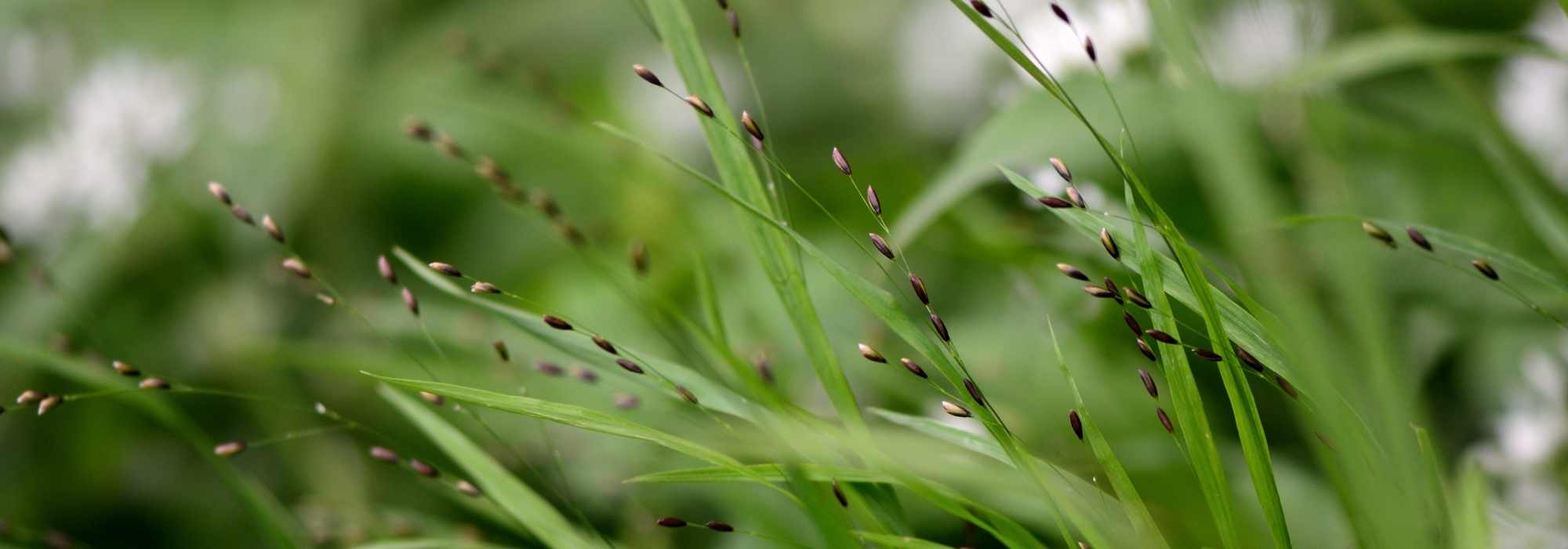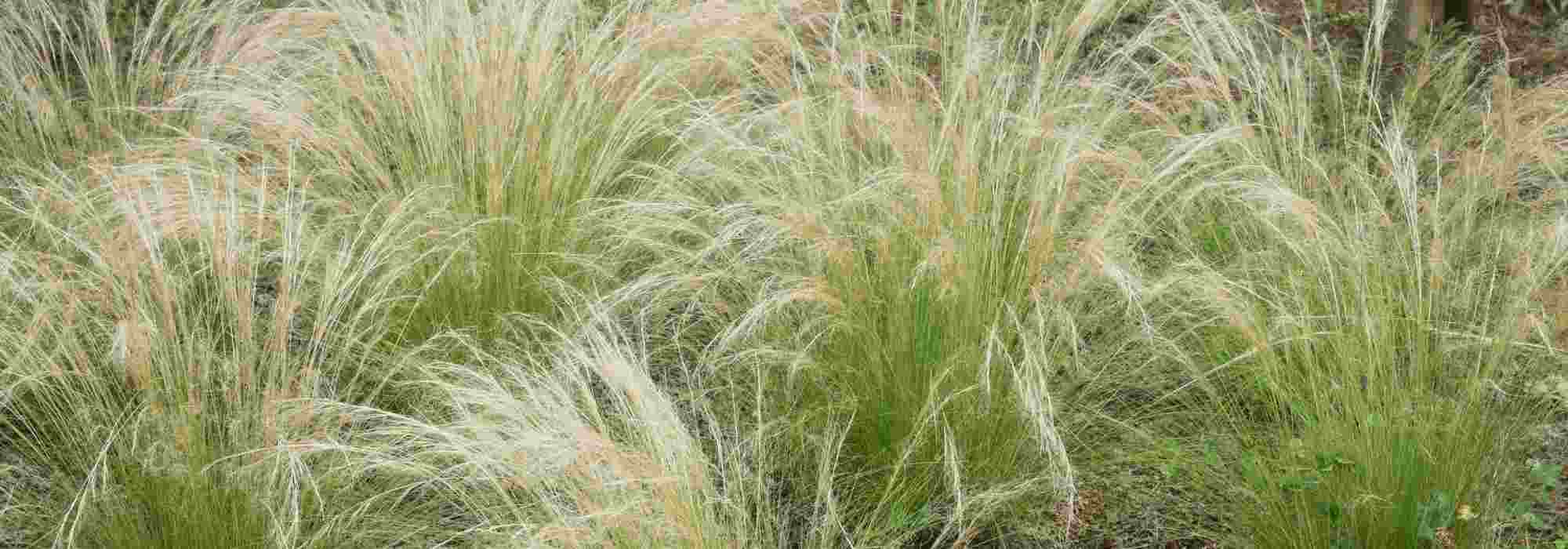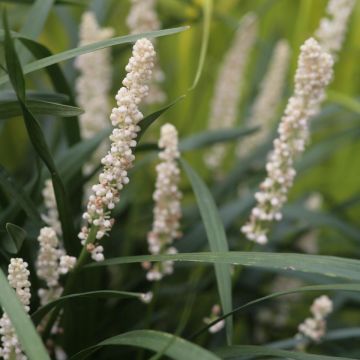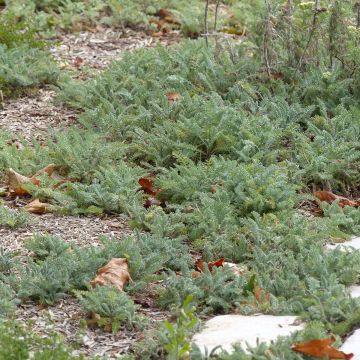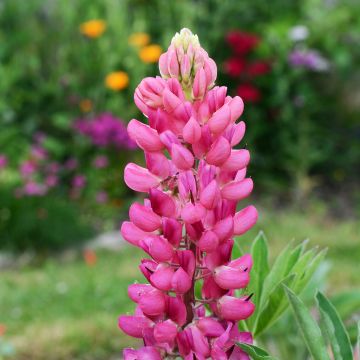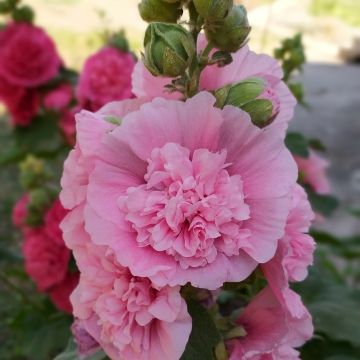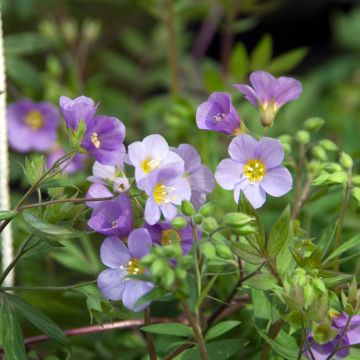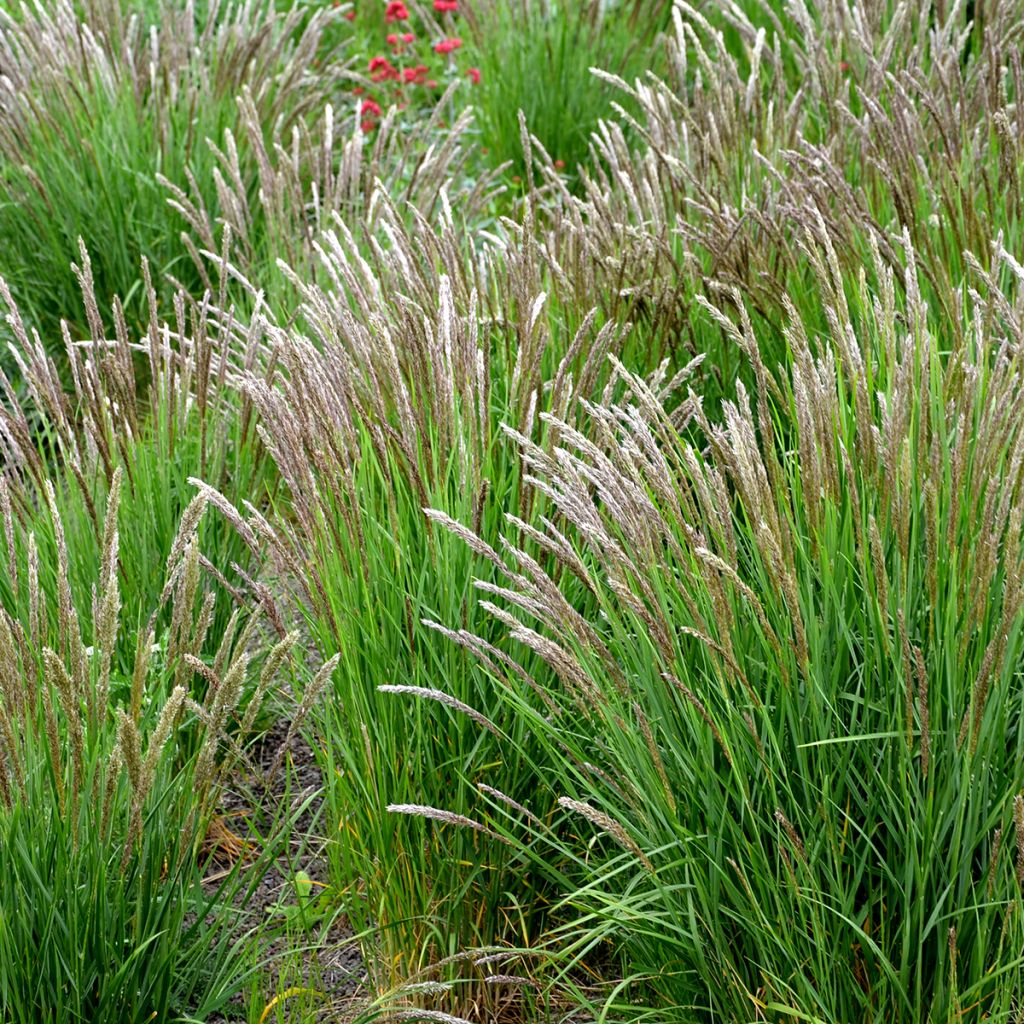

Melica ciliata
Melica ciliata
Melica ciliata
Silky-spike Melic
Planted 6 months ago, it is struggling to settle in, probably due to the soil being too heavy.
Vanessa, 08/09/2024
Special offer!
Receive a €20 voucher for any order over €90 (excluding delivery costs, credit notes, and plastic-free options)!
1- Add your favorite plants to your cart.
2- Once you have reached €90, confirm your order (you can even choose the delivery date!).
3- As soon as your order is shipped, you will receive an email containing your voucher code, valid for 3 months (90 days).
Your voucher is unique and can only be used once, for any order with a minimum value of €20, excluding delivery costs.
Can be combined with other current offers, non-divisible and non-refundable.
Home or relay delivery (depending on size and destination)
Schedule delivery date,
and select date in basket
This plant carries a 12 months recovery warranty
More information
We guarantee the quality of our plants for a full growing cycle, and will replace at our expense any plant that fails to recover under normal climatic and planting conditions.
Would this plant suit my garden?
Set up your Plantfit profile →
Description
Melica ciliata is a beautiful cosmopolitan grass, valuable for brightening up sunny and somewhat arid areas of the garden with its rather extraordinary flowering. It quickly forms a dense clump topped with delicate, fluffy flower spikes that are very bright, resembling a fountain of Bengal lights in full bloom. Well adapted to all regions, compact and truly graceful, it deserves a place in our gardens.
Melica ciliata belongs to the large Poaceae family. It is a rhizomatous grass. In nature, it occupies rocky and somewhat arid, very sunny places. A very hardy perennial, it appreciates calcareous and well-drained soils, even dry in summer. Its lifespan is quite short, especially in heavy and humid soils, but it perpetuates itself through numerous spontaneous sowings. This plant forms a compact tuft of fine, rough, grey-green leaves, which are more or less rolled up on themselves. They do not exceed 40cm (16in) in height. The generous and prolonged flowering takes place from May to July. The fine flower spikes, equipped with numerous bristles (or cilia), have a somewhat loose appearance. They measure at least 10cm (4in) in length. The flowers successively change from tender green to cream-white and then beige. These silky inflorescences, which play beautifully with light and shine in the sun, are carried by gracefully arched stems, 70 to 80cm (28 to 32in) above the foliage. The above-ground vegetation is evergreen in winter, depending on the climate.
Easy to grow and undemanding regarding soil quality, it will thrive in most of our gardens, in full sun. Once well established, this beautiful grass requires no maintenance and self-seeds here and there, wherever it pleases, often in sunny and arid places in summer, which are slightly difficult to vegetate. Ideal for adding a light and poetic touch to borders, banks, and gravel gardens, it can be combined with many other grasses (stipa, Carex comans, eragrostis, muhlenbergia) and annual or perennial plants. Easily create a naturalistic border by combining it with thistles (Echinops ritro, Eryngium planum), annual poppies, cornflowers, autumn asters (Aster laevis and A. turbinellus), and goldenrods, for example.
Melica ciliata in pictures
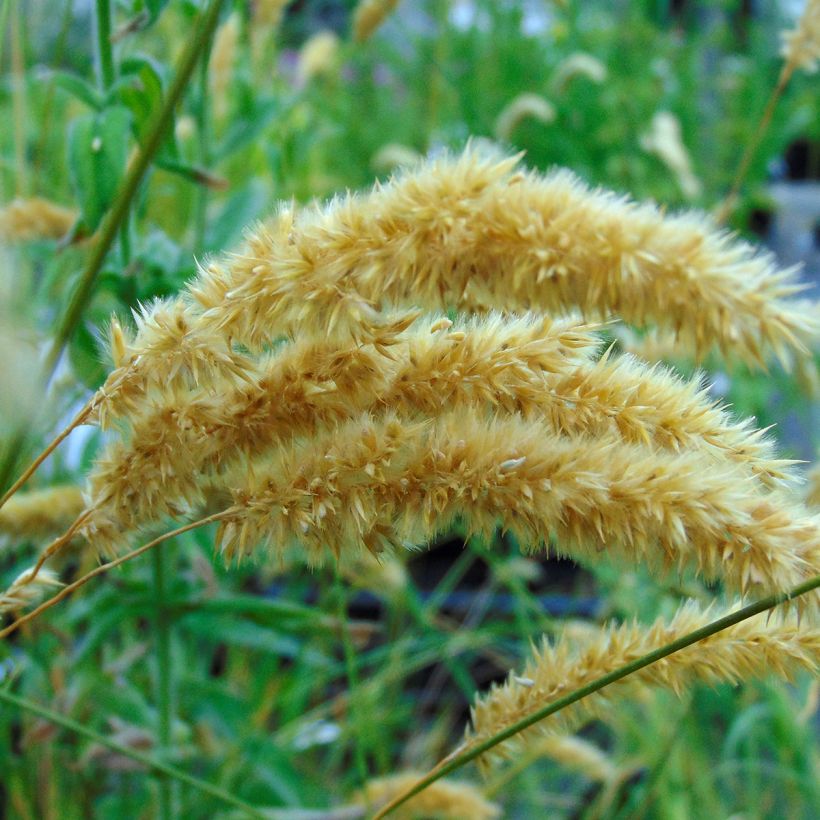

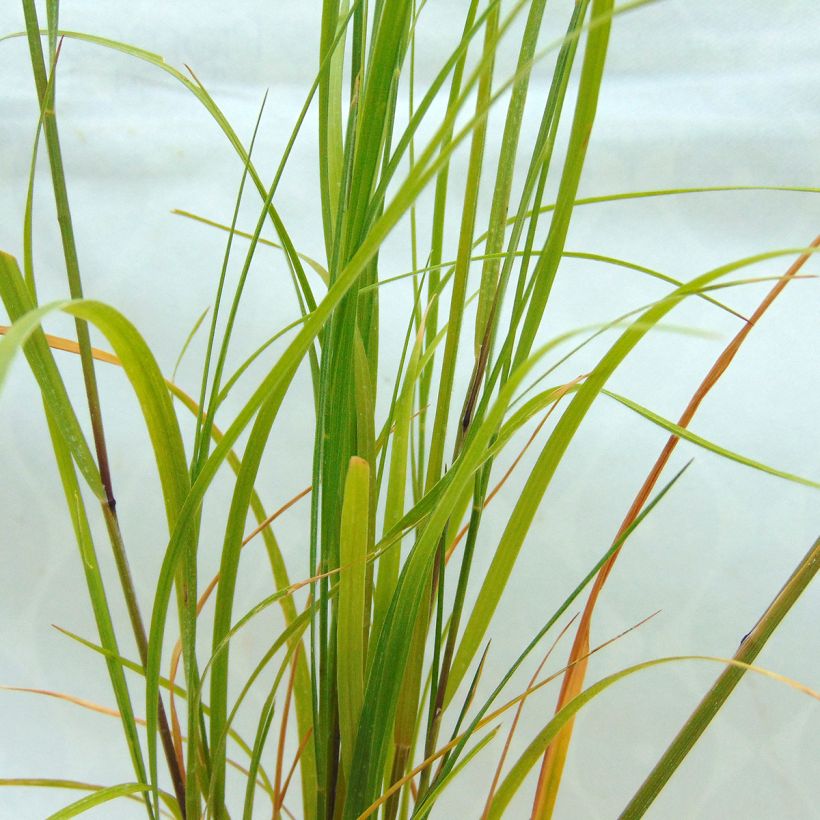

Flowering
Foliage
Plant habit
Botanical data
Melica
ciliata
Poaceae
Silky-spike Melic
Western Europe
Planting and care
Melica ciliata is undemanding in terms of soil quality. It grows well in any good garden soil that is not too acidic, in full sun. Heavy and poorly drained soils can harm its longevity. Its cold resistance is excellent. Stony and limestone soils are not a problem, even if they are dry in summer. It is a very easy grass to cultivate in most of our regions. It naturalises easily through spontaneous sowing.
Planting period
Intended location
Care
Planting & care advice
-
, onOrder confirmed
Reply from on Promesse de fleurs
Similar products
Haven't found what you were looking for?
Hardiness is the lowest winter temperature a plant can endure without suffering serious damage or even dying. However, hardiness is affected by location (a sheltered area, such as a patio), protection (winter cover) and soil type (hardiness is improved by well-drained soil).

Photo Sharing Terms & Conditions
In order to encourage gardeners to interact and share their experiences, Promesse de fleurs offers various media enabling content to be uploaded onto its Site - in particular via the ‘Photo sharing’ module.
The User agrees to refrain from:
- Posting any content that is illegal, prejudicial, insulting, racist, inciteful to hatred, revisionist, contrary to public decency, that infringes on privacy or on the privacy rights of third parties, in particular the publicity rights of persons and goods, intellectual property rights, or the right to privacy.
- Submitting content on behalf of a third party;
- Impersonate the identity of a third party and/or publish any personal information about a third party;
In general, the User undertakes to refrain from any unethical behaviour.
All Content (in particular text, comments, files, images, photos, videos, creative works, etc.), which may be subject to property or intellectual property rights, image or other private rights, shall remain the property of the User, subject to the limited rights granted by the terms of the licence granted by Promesse de fleurs as stated below. Users are at liberty to publish or not to publish such Content on the Site, notably via the ‘Photo Sharing’ facility, and accept that this Content shall be made public and freely accessible, notably on the Internet.
Users further acknowledge, undertake to have ,and guarantee that they hold all necessary rights and permissions to publish such material on the Site, in particular with regard to the legislation in force pertaining to any privacy, property, intellectual property, image, or contractual rights, or rights of any other nature. By publishing such Content on the Site, Users acknowledge accepting full liability as publishers of the Content within the meaning of the law, and grant Promesse de fleurs, free of charge, an inclusive, worldwide licence for the said Content for the entire duration of its publication, including all reproduction, representation, up/downloading, displaying, performing, transmission, and storage rights.
Users also grant permission for their name to be linked to the Content and accept that this link may not always be made available.
By engaging in posting material, Users consent to their Content becoming automatically accessible on the Internet, in particular on other sites and/or blogs and/or web pages of the Promesse de fleurs site, including in particular social pages and the Promesse de fleurs catalogue.
Users may secure the removal of entrusted content free of charge by issuing a simple request via our contact form.
The flowering period indicated on our website applies to countries and regions located in USDA zone 8 (France, the United Kingdom, Ireland, the Netherlands, etc.)
It will vary according to where you live:
- In zones 9 to 10 (Italy, Spain, Greece, etc.), flowering will occur about 2 to 4 weeks earlier.
- In zones 6 to 7 (Germany, Poland, Slovenia, and lower mountainous regions), flowering will be delayed by 2 to 3 weeks.
- In zone 5 (Central Europe, Scandinavia), blooming will be delayed by 3 to 5 weeks.
In temperate climates, pruning of spring-flowering shrubs (forsythia, spireas, etc.) should be done just after flowering.
Pruning of summer-flowering shrubs (Indian Lilac, Perovskia, etc.) can be done in winter or spring.
In cold regions as well as with frost-sensitive plants, avoid pruning too early when severe frosts may still occur.
The planting period indicated on our website applies to countries and regions located in USDA zone 8 (France, United Kingdom, Ireland, Netherlands).
It will vary according to where you live:
- In Mediterranean zones (Marseille, Madrid, Milan, etc.), autumn and winter are the best planting periods.
- In continental zones (Strasbourg, Munich, Vienna, etc.), delay planting by 2 to 3 weeks in spring and bring it forward by 2 to 4 weeks in autumn.
- In mountainous regions (the Alps, Pyrenees, Carpathians, etc.), it is best to plant in late spring (May-June) or late summer (August-September).
The harvesting period indicated on our website applies to countries and regions in USDA zone 8 (France, England, Ireland, the Netherlands).
In colder areas (Scandinavia, Poland, Austria...) fruit and vegetable harvests are likely to be delayed by 3-4 weeks.
In warmer areas (Italy, Spain, Greece, etc.), harvesting will probably take place earlier, depending on weather conditions.
The sowing periods indicated on our website apply to countries and regions within USDA Zone 8 (France, UK, Ireland, Netherlands).
In colder areas (Scandinavia, Poland, Austria...), delay any outdoor sowing by 3-4 weeks, or sow under glass.
In warmer climes (Italy, Spain, Greece, etc.), bring outdoor sowing forward by a few weeks.






























